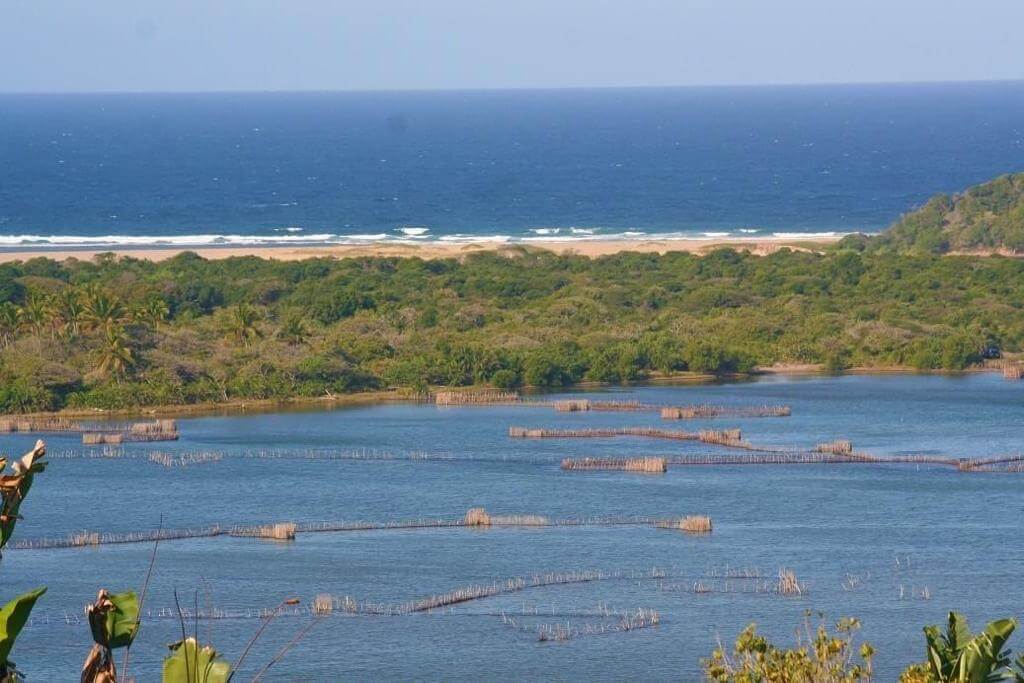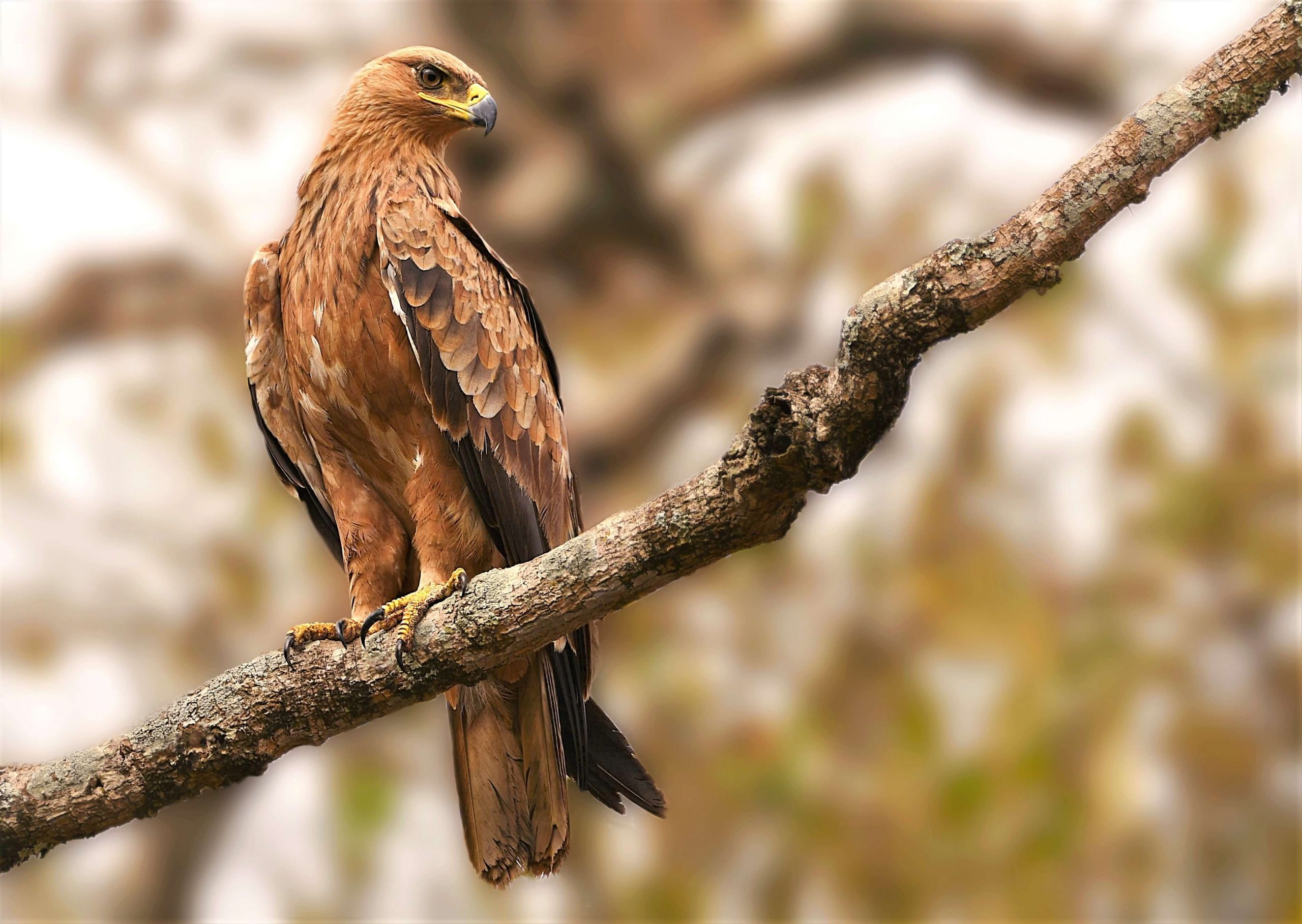Tourists visiting South Africa are always eager to catch a glimpse of the ‘Big Five’, Lion, Rhino, Buffalo, Leopard and Elephant. These mammals are highly celebrated in the country but with this, the smaller wildlife is often neglected. Nature conservationist saw the marketing success of the ‘Big Five’ and a group of people came up with the famous ‘Little Five’ to encourage visitors to acknowledge the smaller, less noticed but nonetheless enigmatic species. The elephant shrew, ant lion, rhinoceros beetle, buffalo weaver and leopard tortoise make up the ‘Little Five’.
As important and impressive the big game is, we must not forget that South Africa is home to some of the world’s richest biodiversity hotspots, with impressive birdlife, an abundance of buck and small game and weird and wonderful insects. An ecosystem is made up of the complex of living organisms, their physical environment and all the interrelationships within a particular area. Everything from the plant life, large mammal, small mammal, reptiles, amphibians and insects are all important for the health of an ecosystem and all play an important role in the functioning of the ecosystem.
Let’s have a look at each of the ‘Little Five’ in more detail:
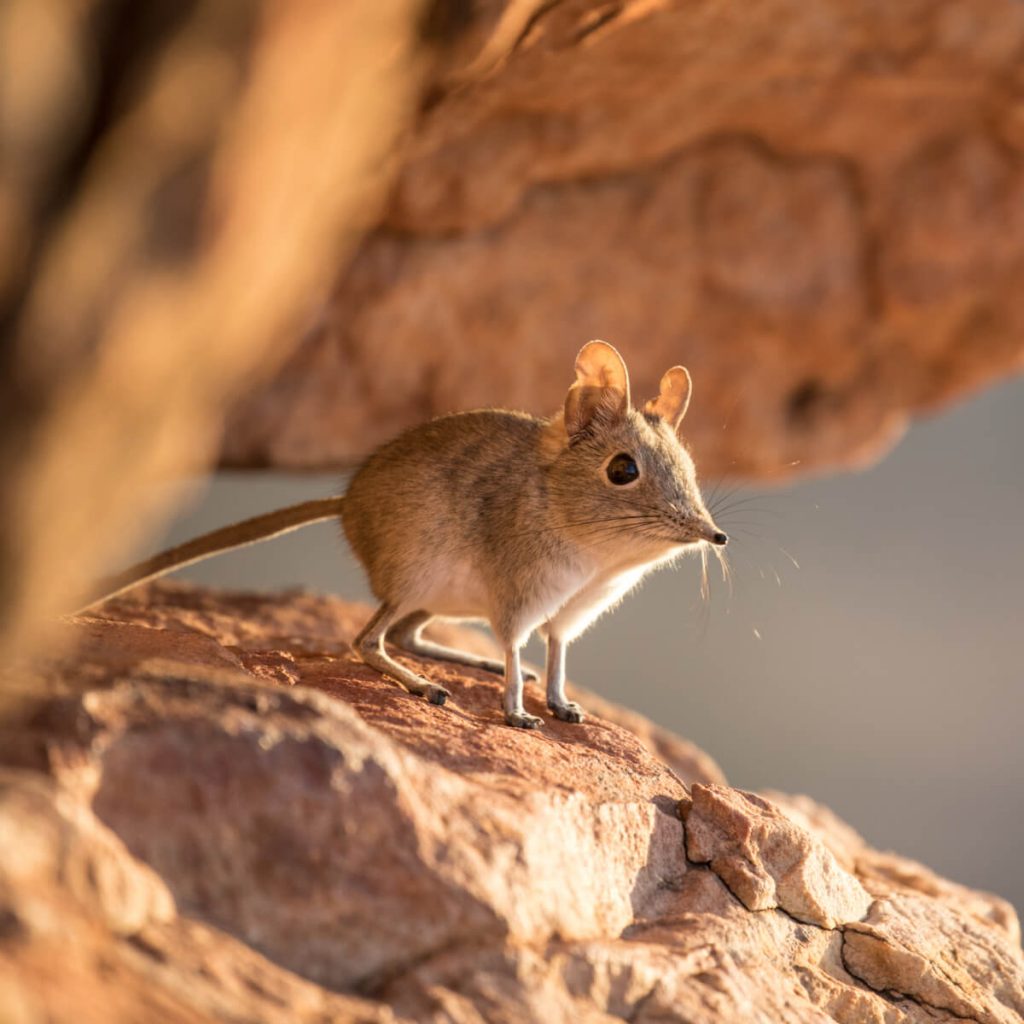
Elephant shrew
Undoubtfully the cutest looking of the ‘Little Five’. The elephant shrew is probably one of the least commonly seen too. This tiny insectivorous mammal gets its name from their extended noses that are incredibly dexterous. However, they do not perform like an elephant’s trunk, but have an impressive olfactory system for detecting different scents and pheromones.
They detect predators and prey with their highly sensitive noses and large ears. Their diet largely consists of invertebrates such as grasshoppers, ants and termites. Elephant shrew are monogamous, and form long lasting bond with their mate.
The elephant shrew can be difficult to spot due to its small size and very skittish nature. They have the ability to reach speeds of up to 17mph. Though they are abundance of shrews active in the day, they are predominantly crepuscular, meaning they are most active during ‘twilight’ (at dawn and dusk).
Elephant shrews are not, in fact shrews but recent evidence suggests they are more closely related to large mammals such as the elephant, manatees and aardvarks. The four-toed elephant shrew is one of the most widespread species found in Central and Eastern Africa to the North-eastern corner of South Africa. There are 20 species of Elephant shrew in the world and until recently this year, one of the species was rediscovered in Africa that was thought to have vanished over 50 years ago.
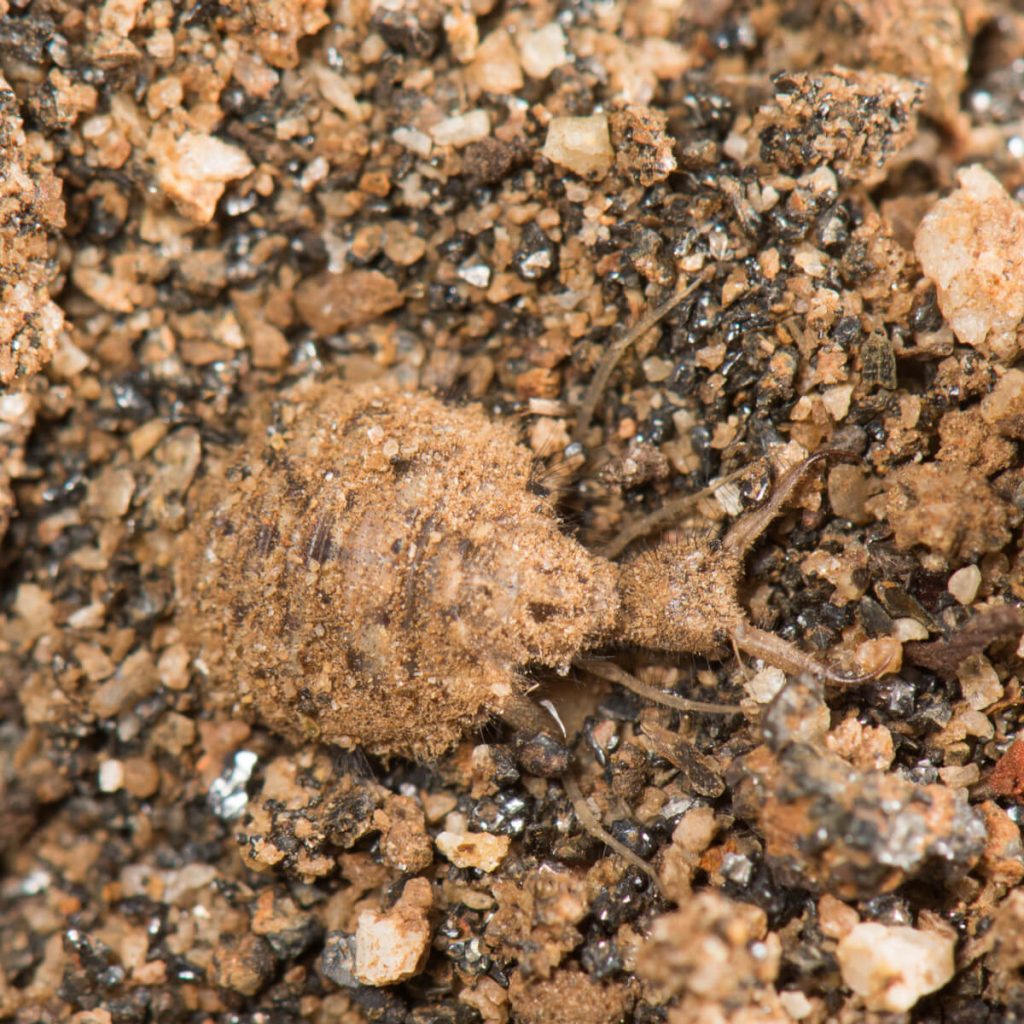
Ant Lion
The antlion (family Myrmeleontidae) is the smallest member of the ‘Little Five’. The antlion larvae are predators that use ambush tactics to catch their prey. They dig pits in the ground to trap ants and other small insects. They quickly strike at their prey with their large mandibles and drag their prey under the sand.
In their adult form, antlions closely resemble dragonflies. At this stage their sole purpose is to reproduce and the predatory larvae stage is the only stage of their life when they eat.

Rhinoceros beetle
The rhinoceros beetle is surprisingly, one of the worlds strongest species, it can lift 850 times its own weight, in comparison an adult elephant can lift 25 times its own weight. The male rhinoceros beetle has two signature horns on the top of its head, resembling a rhino. These horns are used for digging underground, climbing and fighting with rival males for the right to mate with nearby females. These beetles are often found at night around lights as they are attracted to the UV rays emitted.
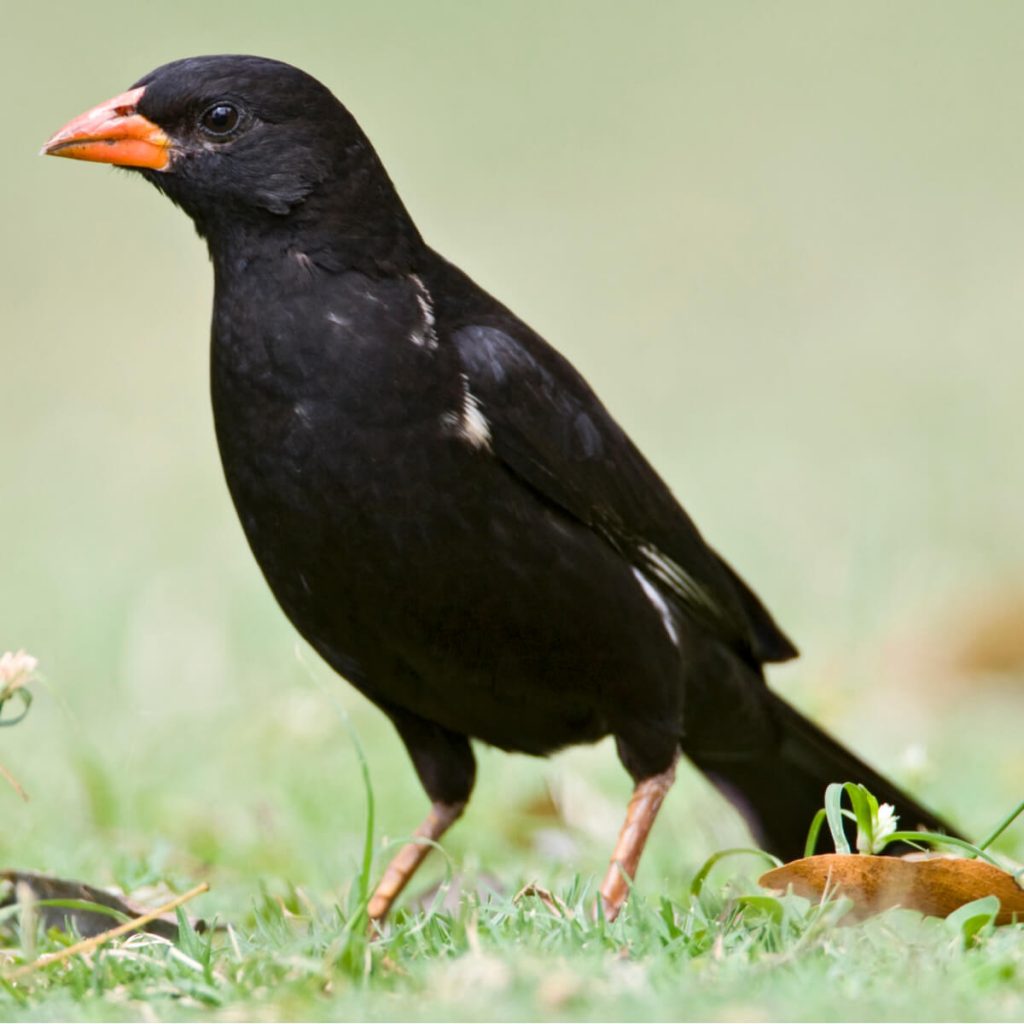
Buffalo Weaver
There are three species of Buffalo weaver birds in Africa. The white-buffalo weaver, the white-headed buffalo weaver and the red-billed buffalo weaver are all found in East Africa however only the red-billed buffalo weaver is found in Southern Africa.
These birds are known for their nest building skills. They build intricate nests made up of dried grass and sticks. They are very noisy birds, so they are most likely to be heard before spotted. They live in colonies in scrubland and dry savannah environments, where their diet mostly consists of fruits, seeds and even small insects.
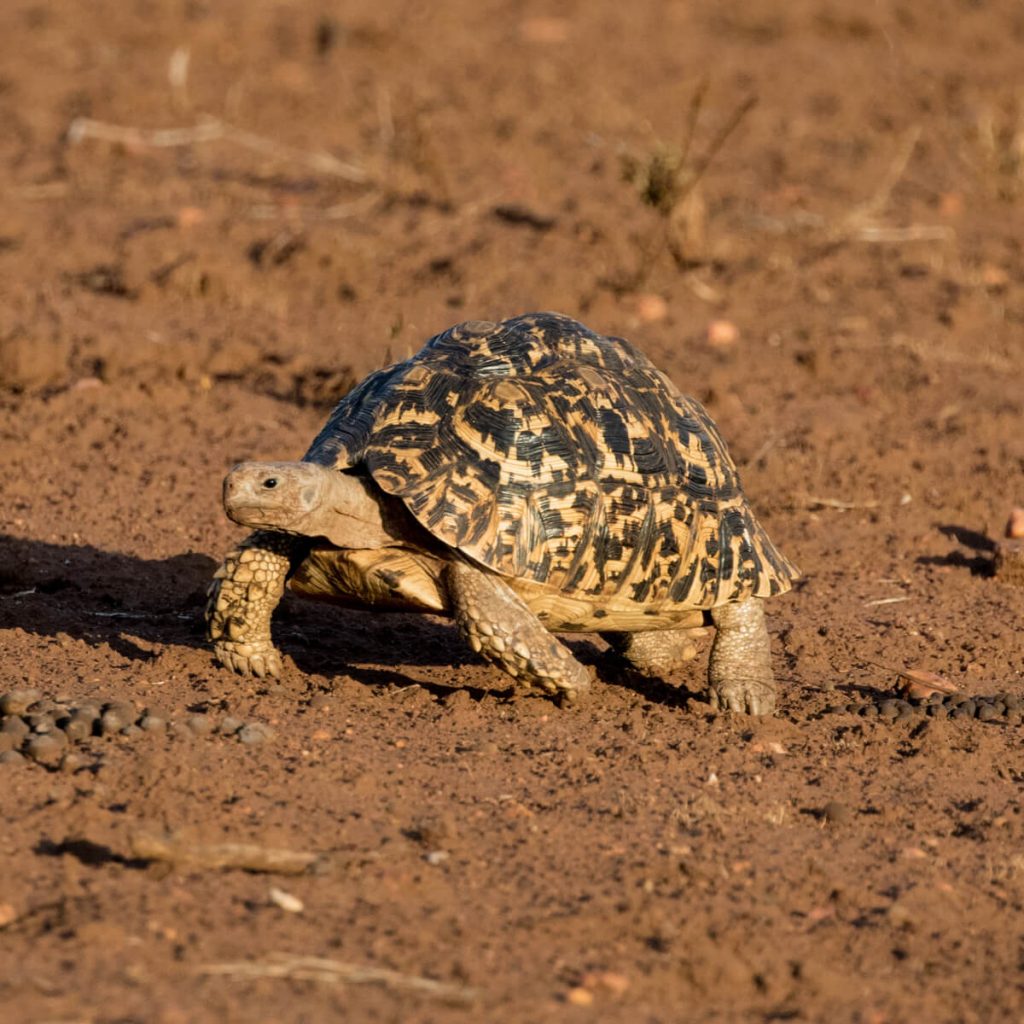
Leopard tortoise
This reptile gets its name from the yellow and black spots on its shell that resemble the leopard’s markings. These markings on the shell start off brightly coloured, however fade with age. In the wild, leopard tortoise can live between 50 to even 100 years old. The Leopard tortoise is native to Ethiopia, South Africa and Somalia.
Unfortunately, the leopard tortoise is one of the largest tortoise species available in the pet trade. It was estimated between 1987-1991 that 76% of the tortoises exported from Africa for the pet trade were leopard tortoise. Other threats to the species include habitat loss and bush meat trade however these threats are not considered to impact their population. The species is classified as ‘Least Concern’ by the IUCN red list of threatened species, but the current population trend is unknown.
Next time you find yourself out in the African bush, have a look for the ‘Little Five’. Let these little creatures be the ambassadors for the vast variety of wildlife that is often forgotten and overlooked.
Come back next Friday for more interesting facts, #factfriday !
